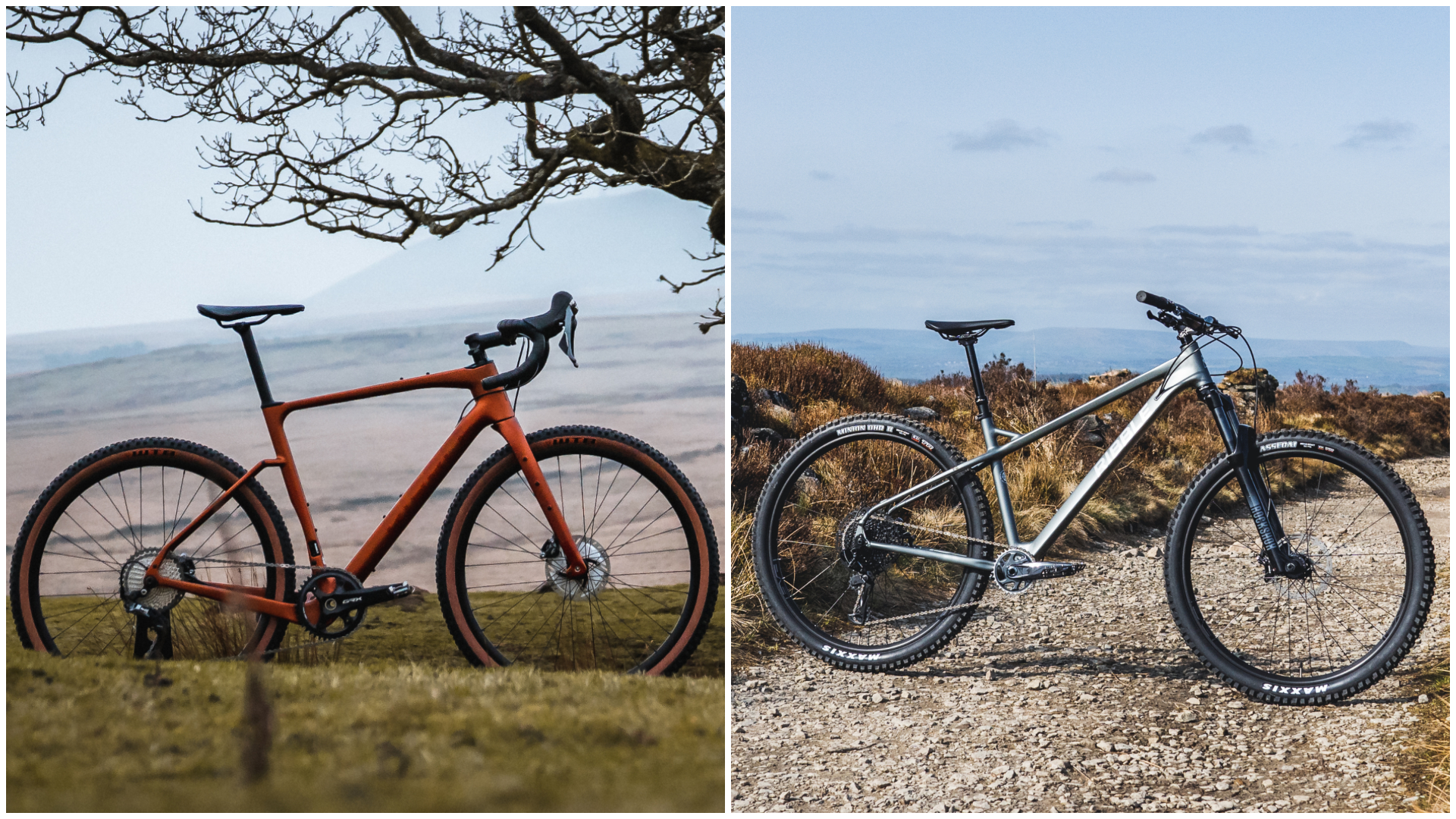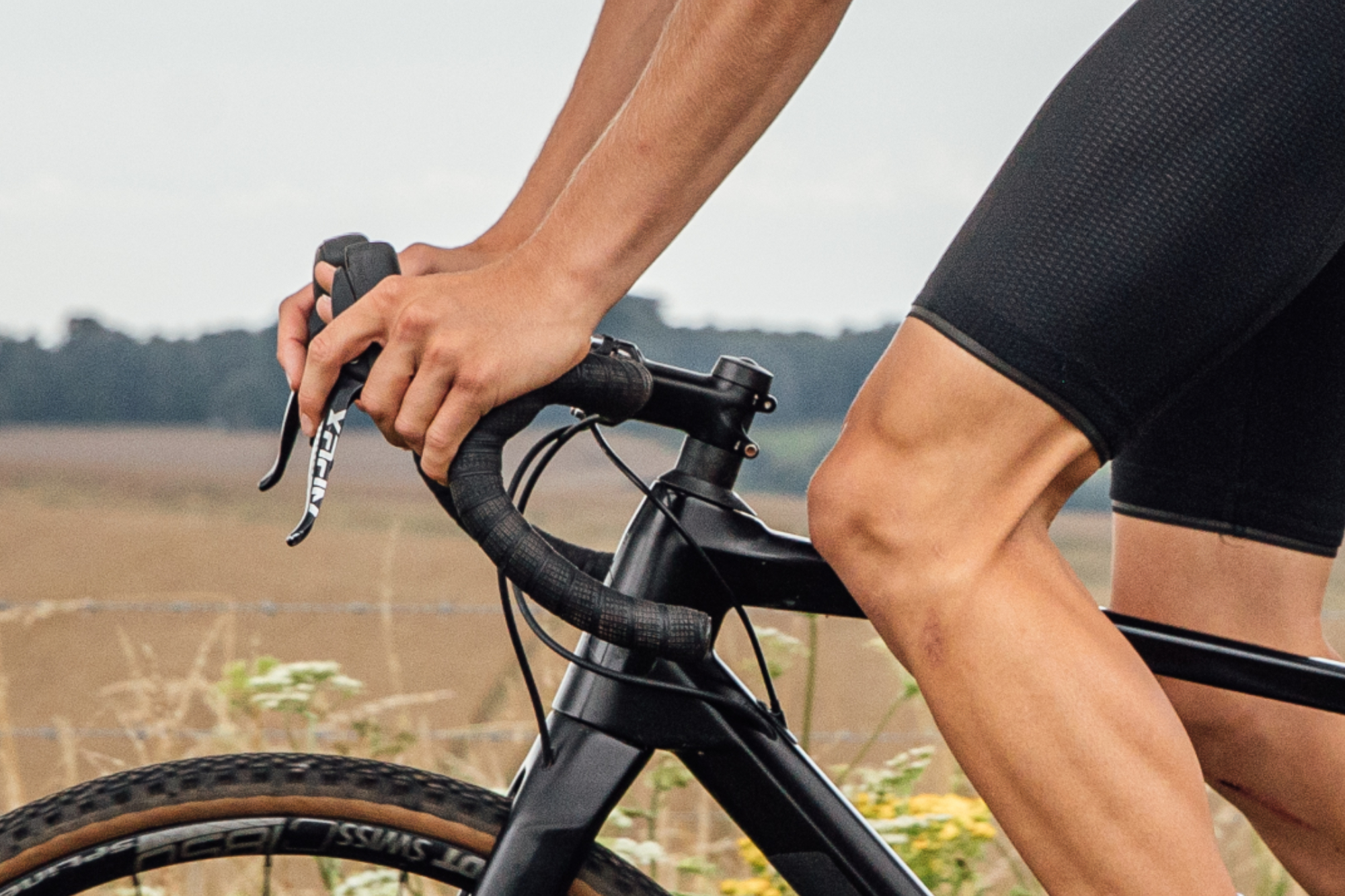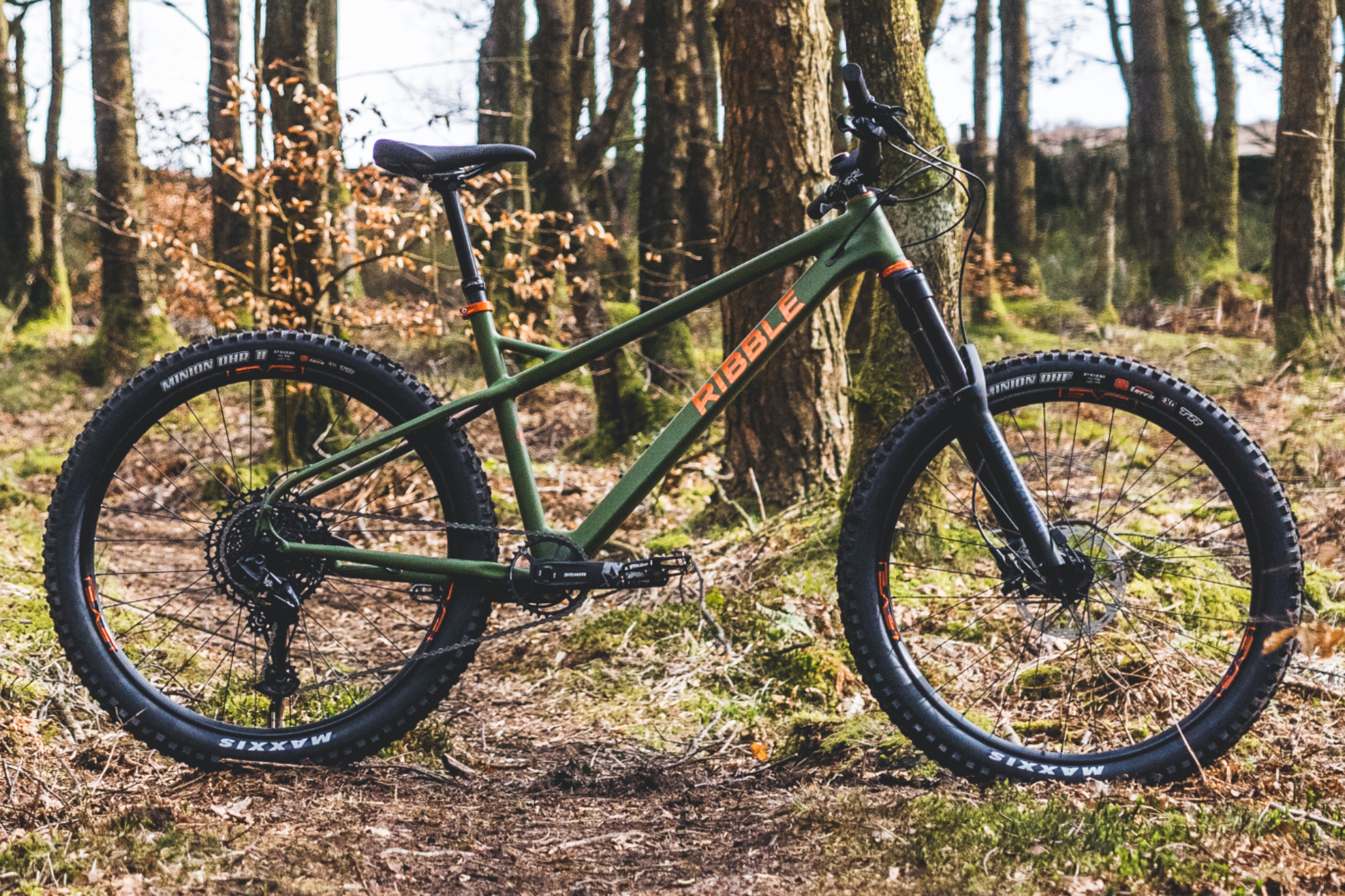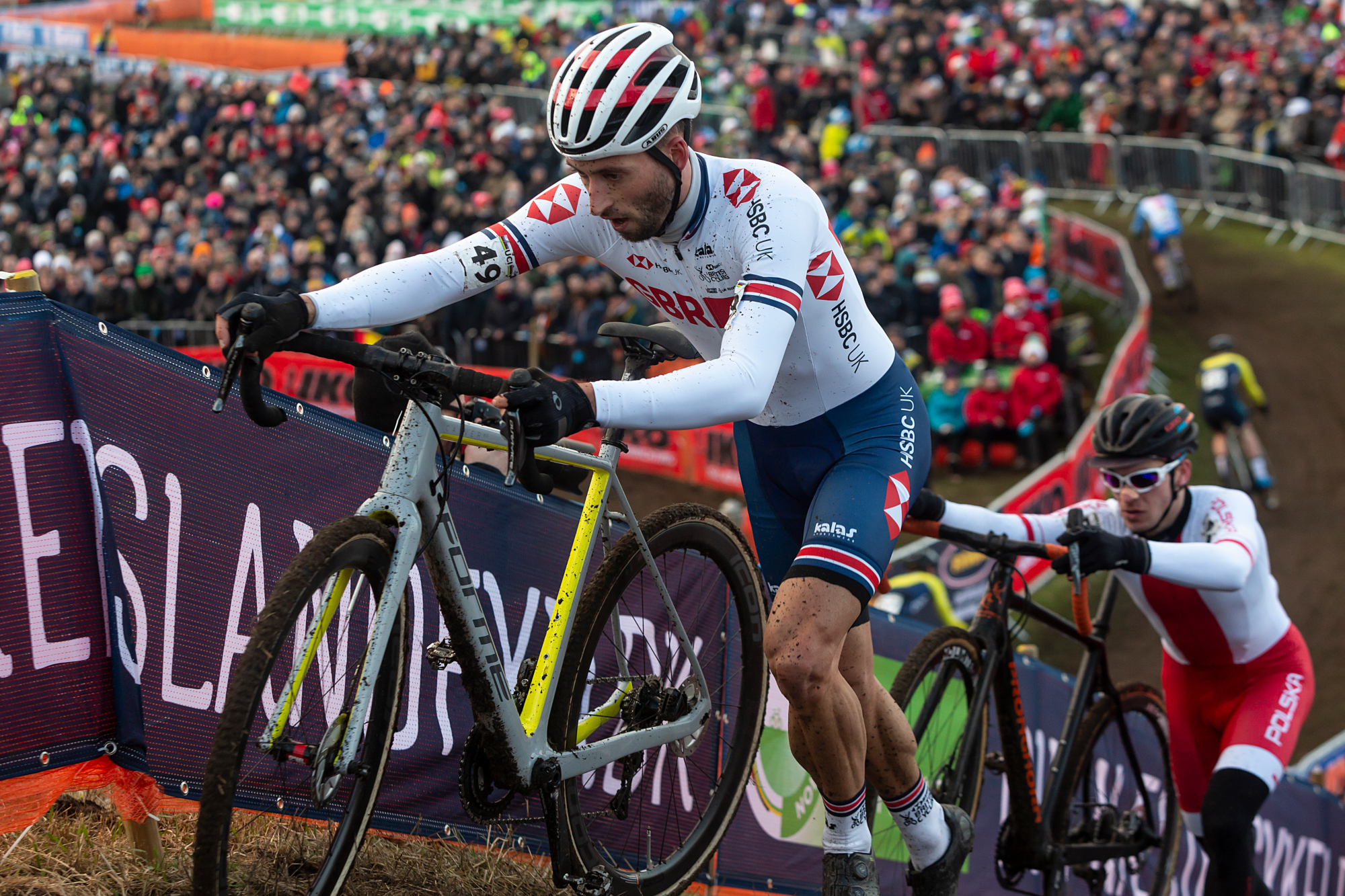Is a gravel bike right for your winter off-road riding?
With gravel bikes borrowing ever more MTB tech, the boundaries are continuing to blur


As the gravel category has matured, the boundaries between this new kid on the block, and the old guard - mountain bikes - has begun to blur.
Gravel bikes can now be split into sub-categories: light and nimble models more suited to fast trails (the Cervélo Áspero and Scott Addict Gravel) and more grizzly machines - such as the aptly named Canyon Grizl or the Evil Chamois Hagar, which we recently reviewed.
The latter can be picked out for their “progressive geometry,” which describes trends borrowed from the mountain bike industry; slack head angles, long top tubes and stubby stems are the order of the day. These features may help less experienced off-roaders feel confident on the trails and allow experts to traverse more technical terrain on drop handlebars.

All this is very well. But if such a bike is on your shopping list, might you be better off going to the source of inspiration and buying a hardtail or cross country mountain bike?
Having overseen the development of Ribble’s new suped-up gravel bike, the Gravel, Jamie Burrow Ribble’s Head of Product is well-placed to guide us through the benefits of each rung on the scale - from ‘all road’, to more full on ‘off-road’ bikes.
“When we started we had the CGR, ‘Cross Gravel Road’ and that’s what it was - a do it all bike with relaxed road geometry that could carry a rack, mudguards and bigger tyres.
“Whereas with the Gravel, we’ve taken things longer and lower, making it a bit more capable for a greater range of terrain. We’ve also changed up the spec - of course, you can still customise it online in the BikeBuilder - but most of the suggested builds are 1x as that’s the best match for the riding they’re designed for.”
The latest race content, interviews, features, reviews and expert buying guides, direct to your inbox!

But although the design of the Gravel might be borrowing from Ribble’s mountain bikes - with the shorter stem and longer top tube to speed up the steering and the higher rider position for a more commanding on-the-bike stance - there is still quite a gulf between that on the HT Trail 29.
On the mountain bike, the tyres are significantly bigger, while the rider position is a little more upright still and with a much wider grip on the handlebars. Perhaps the biggest difference is the suspension fork, which offers 150mm of smoothing shock absorption.

Of course, there is some overlap between the terrain you would ride on the HT Trail and the Gravel, but you can think of it as similar to the overlap between a road race bike and a gravel bike – you wouldn’t confuse the two.
Ian Field, five time British Cyclocross Champion and Director of VELD coaching, advocates opting for a mountain bike if you’re after efficiency on rough terrain, and a gravel bike if you want to make non-technical terrain more challenging; it follows those who struggle off-road could make their experience easier with a mountain bike.

“Some people complain that the trails [they’re riding] aren’t enough of a challenge, but you try riding them on a gravel bike and you’ll be finding the limits of your skill soon enough.”
“If I’m [riding] with the intention of blitzing round in the quickest possible time, I would use my mountain bike because it’s just faster. But doing it on a gravel bike is much more exciting.”
“It is nice having that freedom, I can get to more places from my front door on the gravel bike rather than slogging it on a mountain bike. But then I can take a dive down a trail just to see where it goes and not really have to worry about what I’m going to hit.”
We say:
Really it comes down to where you want the bike to be helping you out most.
If you’re after more of a work out and could use a bit of extra help on the technical sections – maybe you’re riding gravel with seasoned off-roaders – taking a mountain bike for those rides could be the best option.
But if you rather ride to the woods instead of taking the car, or if your preference is piecing together a longer loop of disjointed stretches of track and trail, a burly gravel bike will get you there faster and is unlikely to be fazed by most of what you throw at it.
The final say
Ian Field: “With my racing background, given the choice of a ‘cross and MTB against just a capable gravel bike, I would go for specificity over versatility and getting the fastest time on the terrain they’re suited to.”
Jamie Burrows: “I’m a little bit old school. Even on the blue runs of a trail centre, I like to keep my skills sharp with a modern, slacker gravel bike.”

After winning the 2019 National Single-Speed Cross-Country Mountain Biking Championships and claiming the plushie unicorn (true story), Stefan swapped the flat-bars for drop-bars and has never looked back.
Since then, he’s earnt his 2ⁿᵈ cat racing licence in his first season racing as a third, completed the South Downs Double in under 20 hours and Everested in under 12.
But his favourite rides are multiday bikepacking trips, with all the huge amount of cycling tech and long days spent exploring new roads and trails - as well as histories and cultures. Most recently, he’s spent two weeks riding from Budapest into the mountains of Slovakia.
Height: 177cm
Weight: 67–69kg